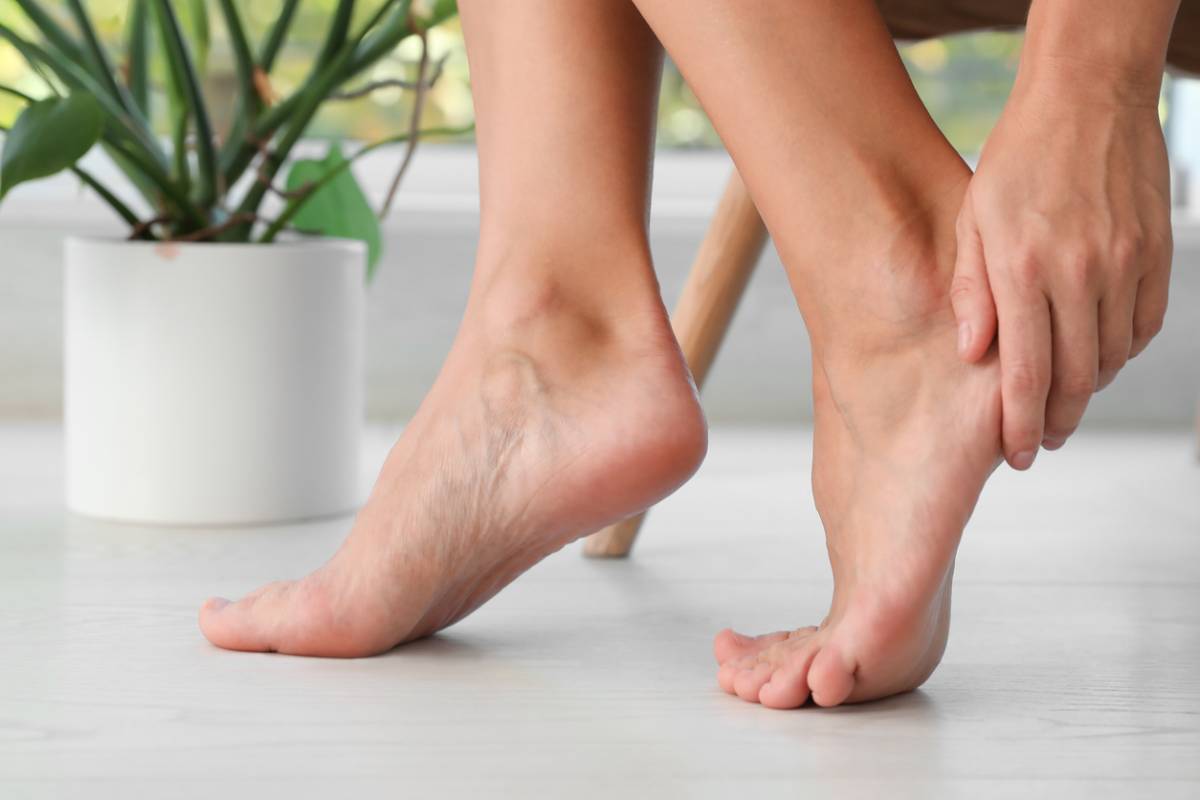Heel pain can impact your gait and make everyday tasks more difficult. Your feet have a number of bones, joints, and ligaments. These work together to help you effectively move. Your heel bone is the largest bone in your foot. Because of this, heel pain can be really problematic when you stand and walk. You may wonder when to see a doctor for heel pain. Many patients wait to see the podiatrist. However, early intervention can improve the issue and reduce your risk of other foot and gait issues. Below you will find more information about what to do if you experience heel pain.
When to See a Doctor for Heel Pain
Heel pain should not be ignored. This is because an issue with your heel can impact your ankles, knees, hips, and even your back. Untreated heel pain can impact the way you walk and move. If you experience any of the following, contact a skilled podiatrist right away.
- Severe pain or swelling near your heel
- Severe heel pain post-injury
- Heel pain that is sudden and severe
- Redness in your heel
- Fever, in combination with heel pain, numbness, or tingling
- Inability to bend your foot down or walk on your toes
- Inability to walk or easily move around
The aforementioned symptoms indicate more serious issues with your heel. It’s important to contact a podiatrist in Los Angeles right away if you experience any other symptoms. While not as serious, there are other symptoms that indicate it’s time to make an appointment with a podiatrist. Heel pain when you are not standing or walking, or pain lasts for more than a few weeks is concerning. A podiatrist can examine your feet and determine the cause of your heel pain. Before your appointment, consider at-home remedies to ease any pain or discomfort.
Tips to Ease Your Heel Pain Symptoms
If you experience severe symptoms, get to the podiatrist right away. Your podiatrist can let you know what you can do until you get into the office. If your symptoms are mild, consider the following ways you can reduce your unwanted symptoms until you get to your appointment.
- Rest is one of the best ways to minimize your pain and discomfort
- Use ice for 20 minutes a few times a day to reduce swelling
- Use over-the-counter medications to ease your pain and discomfort
- Wear comfortable shoes that properly fit to reduce additional damage
Common Causes of Heel Pain Treatment
There are a number of reasons why you experience heel pain. A common cause of heel pain is trauma or injury. This includes sprains, strains, or fractures. In addition to injuries, there are other causes of heel pain including plantar fasciitis, Achilles tendonitis, and bursitis. No matter what the cause of your heel pain, treatment is necessary. Untreated heel pain can cause serious long-term issues that can impact your gait and ability to effectively move.
Heel Pain Treatment
Heel pain can vary depending on the severity of the issue and the root cause of your pain. A skilled podiatrist can examine your foot and diagnose your issue. This may require a physical examination and medical imaging. This allows your podiatrist to see what is going on inside your foot. A customized treatment plan is created to meet your unique needs. Conservative treatment options are often used to address minor issues. However, more severe issues may require heel pain surgery. Early intervention is important to ensure your long-term foot and ankle health.
If you experience heel pain, contact the team at Jamfeet Foot Surgery. They are skilled in heel and foot pain. Their team is focused on getting you back to full health as quickly as possible. Contact their team today to schedule an appointment!


